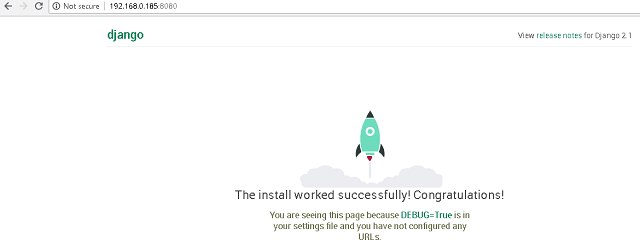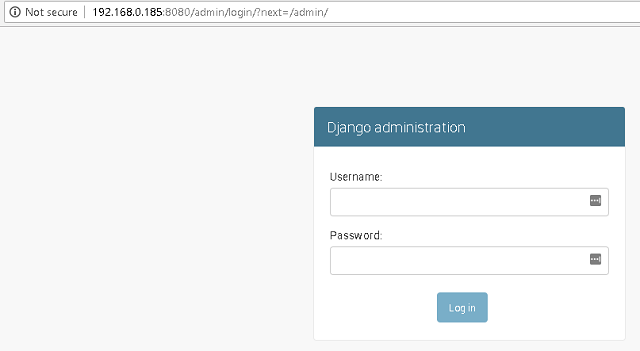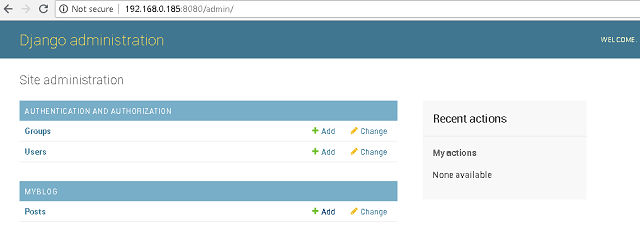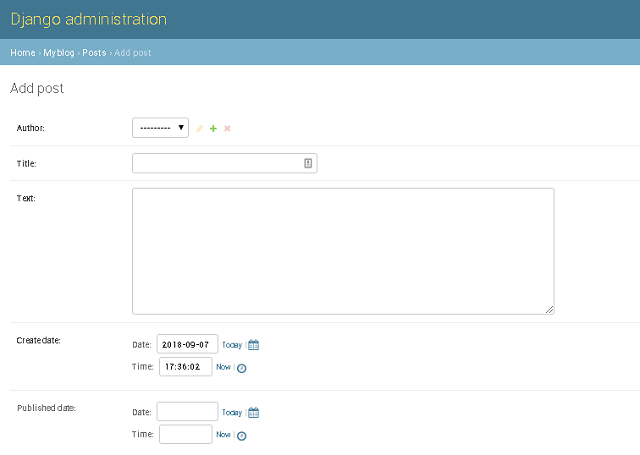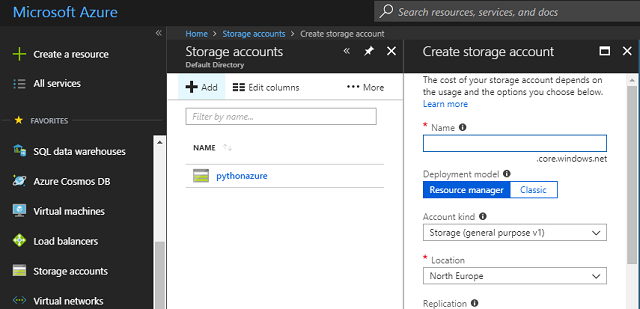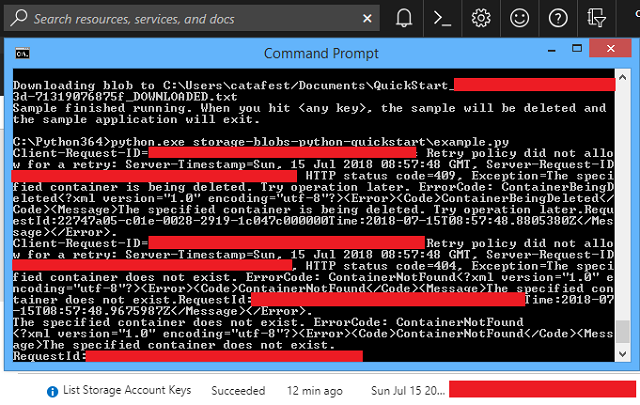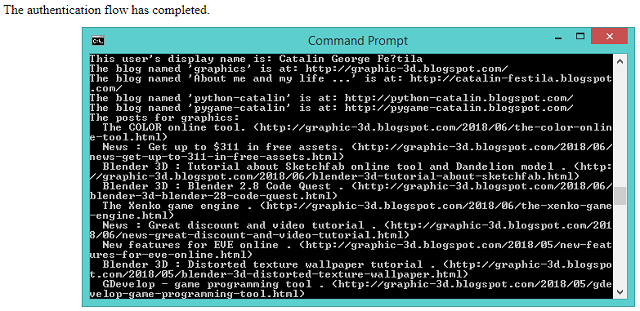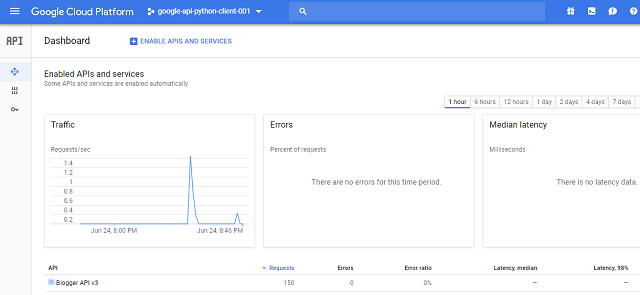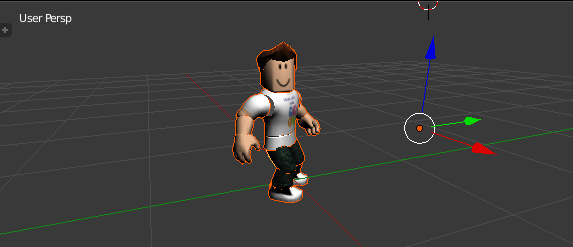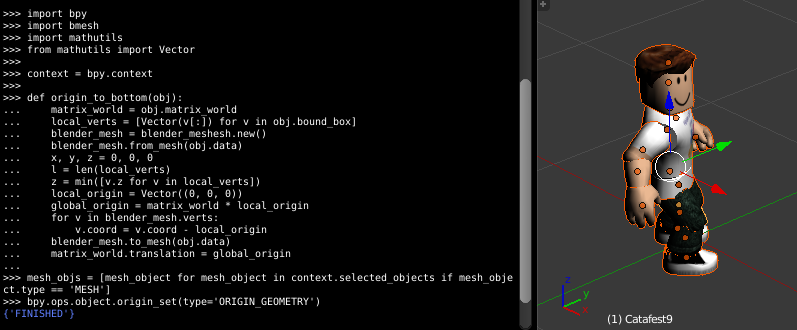C:\Python34\Scripts>pip3.4.exe install PyUSB
Downloading/unpacking PyUSB
Running setup.py (path:C:\Users\mythcat\AppData\Local\Temp\pip_build_mythcat\PyUSB\setup.py)
egg_info for package PyUSB
Installing collected packages: PyUSB
Running setup.py install for PyUSB
Successfully installed PyUSB
Cleaning up...
If not, you can get errors like this: raise NoBackendError('No backend available')
usb.core.NoBackendError: No backend available
Let's make a simple test example:
import usb.core
import usb.util
import sys
class find_class(object):
def __init__(self, class_):
self._class = class_
def __call__(self, device):
# first, let's check the device
if device.bDeviceClass == self._class:
return True
# ok, transverse all devices to find an
# interface that matches our class
for cfg in device:
# find_descriptor: what's it?
intf = usb.util.find_descriptor(
cfg,
bInterfaceClass=self._class
)
if intf is not None:
return True
return False
all = usb.core.find(find_all=1, custom_match=find_class(7))
print (all)C:\Python34>python.exe usb_devs.py
< generator 0x0000000003d8d5e8="" at="" device_iter="" object="" >

